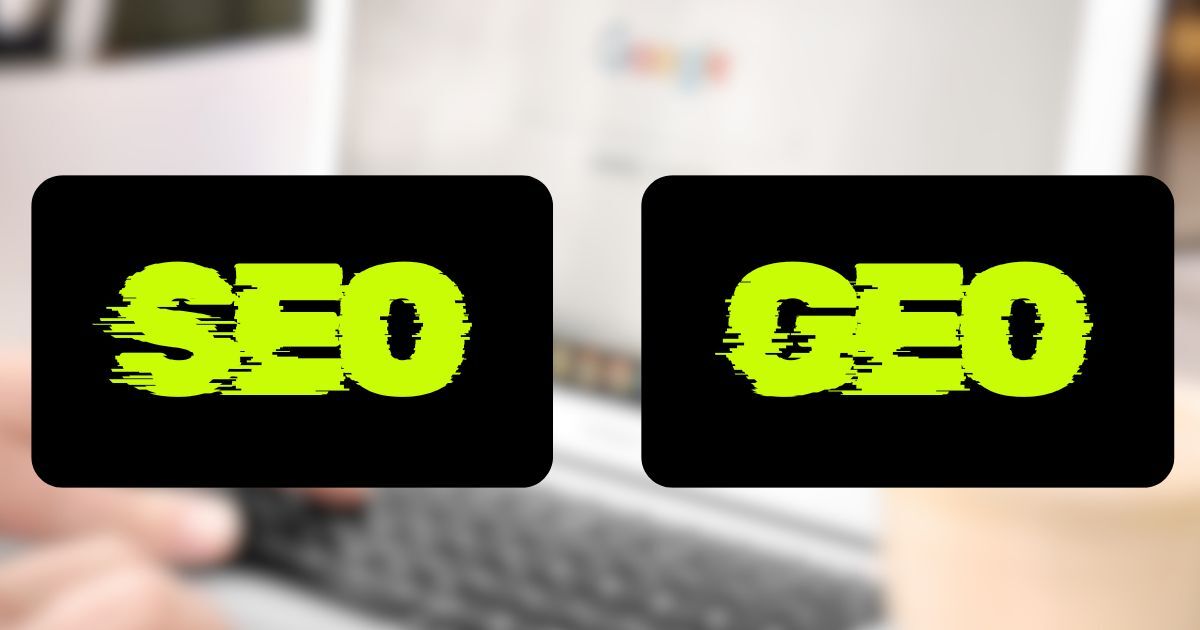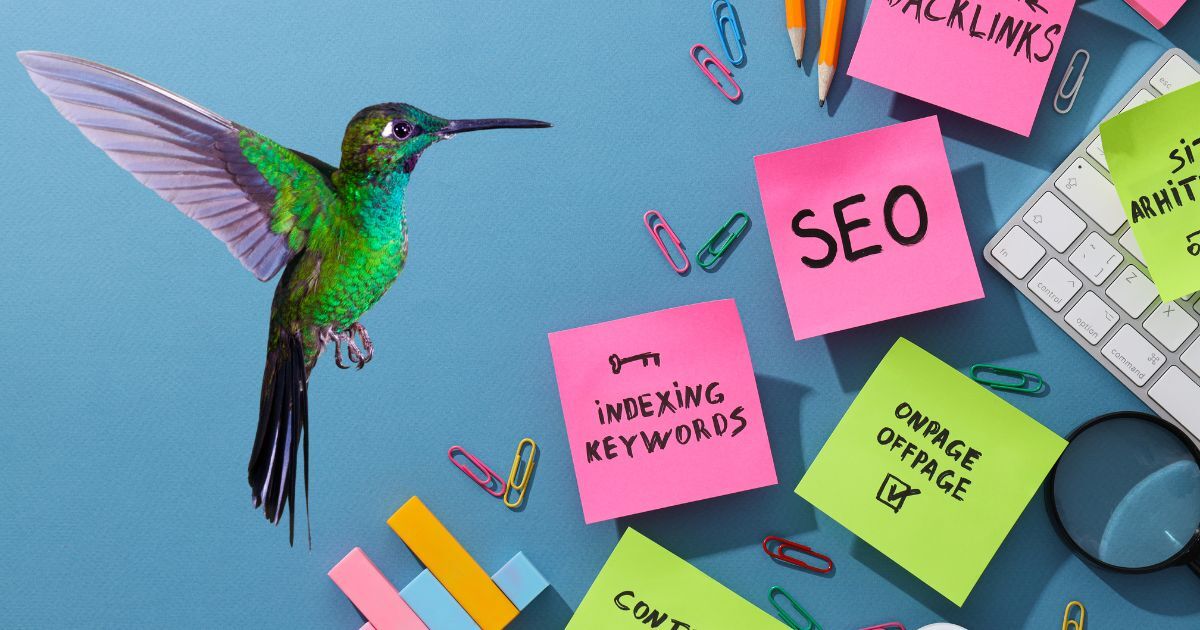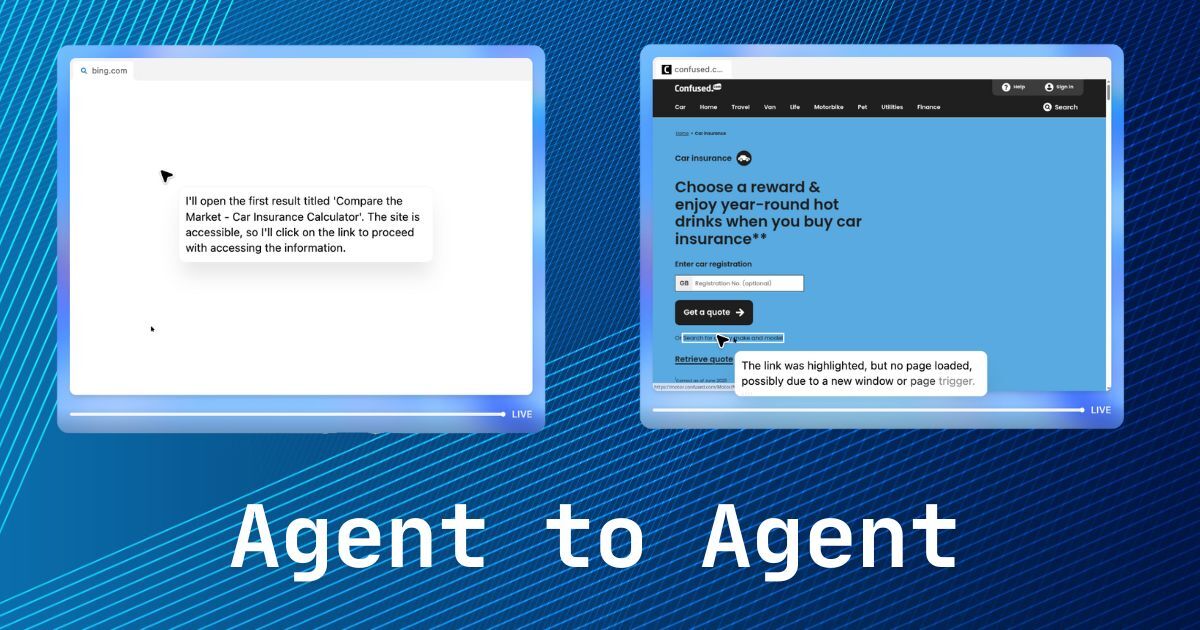
From GEO vs SEO to AI assistants, here’s what matters in generative search right now.
It’s go-time for holiday campaigns
Roku Ads Manager makes it easy to extend your Q4 campaign to performance CTV.
You can:
Easily launch self-serve CTV ads
Repurpose your social content for TV
Drive purchases directly on-screen with shoppable ads
A/B test to discover your most effective offers
The holidays only come once a year. Get started now with a $500 ad credit when you spend your first $500 today with code: ROKUADS500. Terms apply.
📖 What I’ve been reading this week in business, marketing & tech
👇 Tap-worthy reads worth your time.
✨ AI
- AI Search Is Growing More Quickly Than Expected
- Grok’s AI companions drove downloads, but its latest model is the one making money
- OpenAI's New CEO of Applications Strikes Hyper-Optimistic Tone in First Memo to Staff (sub required)
- Unapologetic brands lean into the vibe shift (sub required)
- White House Unveils America’s AI Action Plan
- OpenAI’s new economic analysis
- ChatGPT Referral Traffic Trends: Challenging Organic Search
- AI start-up Anthropic open to Mideast funds in talks to double valuation to over $150bn (sub required)
- Donald Trump Says AI Companies Can’t Be Expected To Pay For All Copyrighted Content Used In Their Training Models: “Not Do-Able”
🔍 Google & Search
- Google Eyes Publisher Deals to Train AI, Following OpenAI and Perplexity's Lead
- Google users are less likely to click on links when an AI summary appears in the results
- Validity Of Pew Research On Google AI Search Results Challenged
- Google launches Google Trends API
- Google’s new AI feature lets you virtually try on clothes
- Google’s new Web Guide search experiment organizes results with AI
💡 Insights
- Attention Is the Last Scarce Resource
- The SEO Industry Is Teaching the Wrong Skills
- Meta will no longer accept political, election or issue ads in EU
- Who Is Watching All These Podcasts? (sub required)
- Amazon makes a dramatic international exit from product advertising on Google Shopping
📹 Video
📰 Recommended newsletter of the week -
Superhuman AI
🎯 Hey content creator!
Thinking about launching your own newsletter? I recommend Beehiiv — it’s built for creators, with all the tools you need to grow:
✏️ Beautiful templates
🚀 Powerful growth features
📈 Built-in analytics
💸 Monetisation tools
All in one place, no fuss.
🐝 Try Beehiiv with my link(You'll help support me if you sign up via this link 💙)






